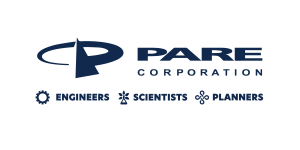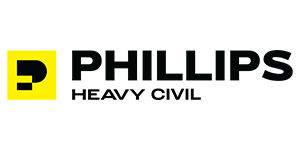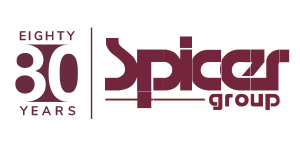Resource
The Application of the Deep Mixing Method to Dam and Levee Remediation
The various families of the Deep Mixing Method (DMM) of ground treatment have been utilized in the remediation of dams and levees across the United States since the late 1980’s. DMM involves the in-situ mixing of the native ground (soils or fills) with some type of cement-based grout (“binder”). The resultant composite material has a strength, permeability and deformability which can be closely controlled in order to satisfy the design intent.
Applications have generally been in three fundamental groups, namely seepage cutoff, seismic stabilization, and foundation remediation for static slope stability.
The paper describes the various families of DMM, as used in the U.S., specifically “conventional” vertical axis mixing; Cutter Soil Mix (CSM); and continuous wall (TRD and “One Pass”). The presentation then provides details from a number of major recent case histories, including Herbert Hoover Dike, FL; Sacramento, CA; LPV 111, New Orleans, LA; Perris Dam, CA; Buckeye Lake, OH; Linville Dam, NC; and Portage Lake, OH.
A major focus will be the recent advances in the QA/QC and Verification processes which are employed. This should be of particular interest to Owners and Designers contemplating the use of DMM, and who often have particular concerns regarding the in-situ properties of the treatment.
Abstract only.
































